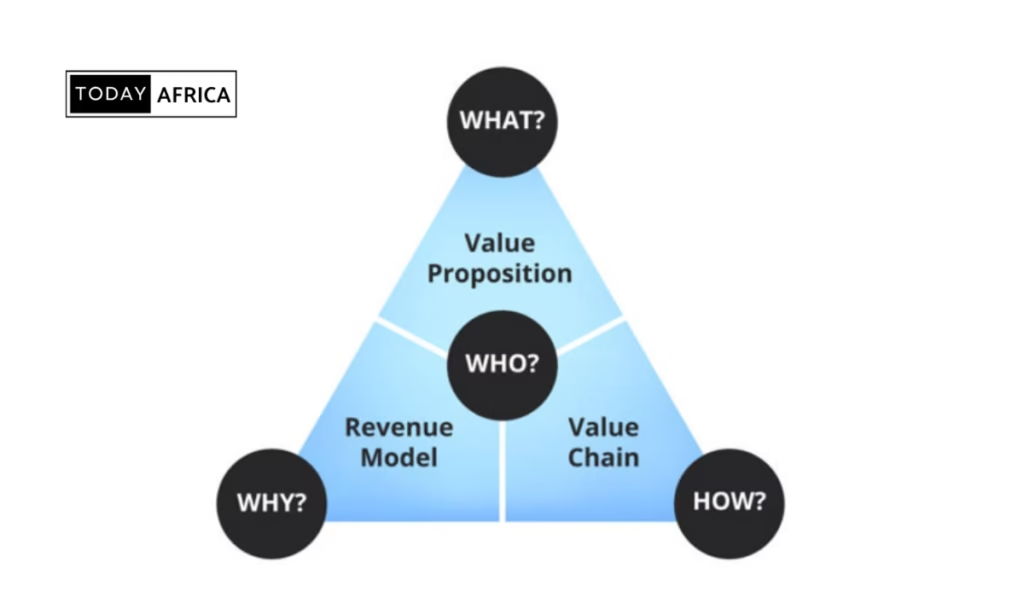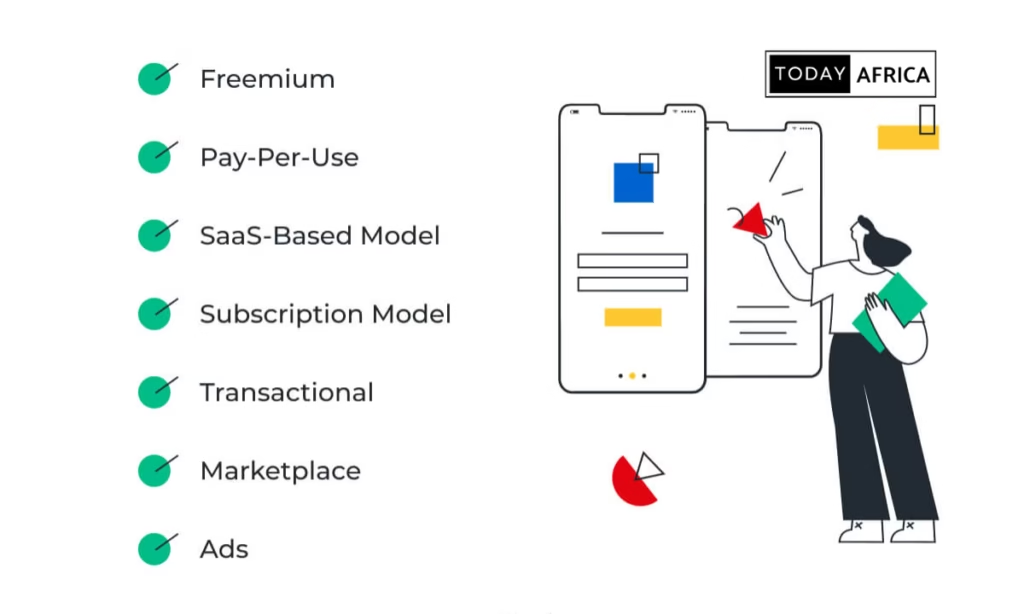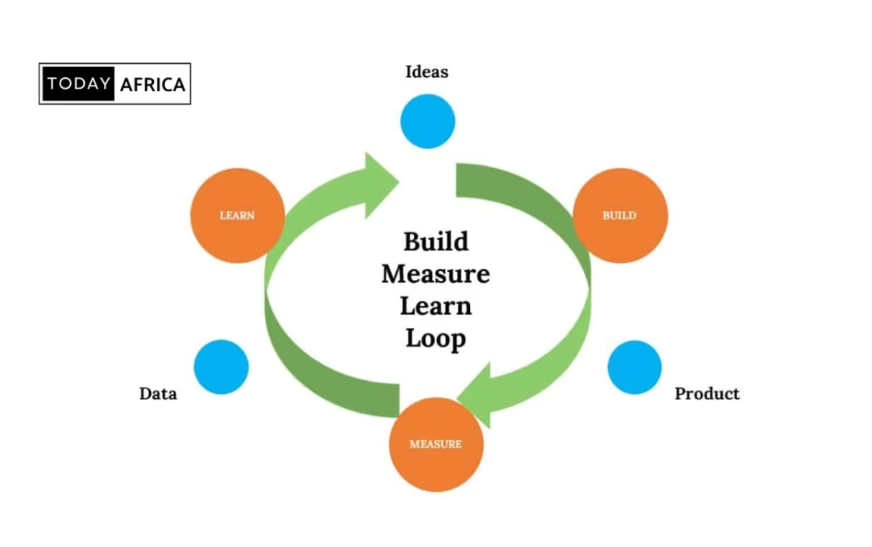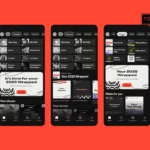Building a startup is a journey filled with countless decisions – from product development and marketing to operations and financing.
One of the most critical decisions a founder makes is choosing the right business model. Whether you are bootstrapping your venture or attracting investors, having a robust business model is essential for creating sustainable value and long-term growth.
In this article, we will discuss the best business models for startups, the pros and cons, and outline key considerations for selecting the model that fits your startup’s goals.
What is a Business Model?
A business model is a blueprint for how your startup creates, delivers, and captures value. In simple terms, it’s the method through which a company makes money.
Business models outline your customer base, revenue streams, cost structure, and how your product or service fits into the market.
For startups, the business model is more than just a revenue-generating mechanism—it’s a hypothesis that needs to be tested and refined based on real-world feedback.
In the early stages, many startups use frameworks like the Business Model Canvas or Lean Canvas to map out their assumptions and iterate quickly.
Key components of a business model include:
- Value proposition: What problem are you solving, and why should customers choose you over competitors?
- Customer segments: Who are your target customers?
- Revenue streams: How does your business earn money?
- Cost structure: What are the key costs to run your business?
- Channels: How do you deliver your product or service to your customers?
- Customer relationships: How will you acquire and retain customers?
- Key activities & resources: What processes and assets are essential for delivering your value proposition?
- Key partners: Which external companies or individuals support your business?
Understanding these components is the first step toward identifying which business model might be the best fit for your startup.
Why Your Business Model Matters
Choosing the right business model is crucial for several reasons:

- Investor appeal: Investors look for startups with a scalable and repeatable business model. A clear model demonstrates that you have thought through how to generate revenue and sustain growth.
- Market fit: A well-chosen business model helps ensure that your product or service meets a genuine market need. It aligns your value proposition with customer expectations.
- Operational focus: The business model guides your operational decisions. It informs everything from pricing strategy and customer acquisition to partnerships and resource allocation.
- Competitive advantage: By innovating your business model, you can differentiate your startup from competitors. Many startups find success by adopting models that disrupt traditional industries.
- Scalability: A robust business model lays the foundation for scaling. It allows you to build systems that grow with your business and adapt to changes in the market.
Your business model is the strategic engine that drives your startup forward. It’s not only about making money—it’s about creating a sustainable framework for long-term success.
Read Also: How to Use AI for Business Growth This Year
6 Best Business Models for Startups
1. Lean startup model
The lean startup model is built on the principles of rapid experimentation, validated learning, and iterative product development. Pioneered by Eric Ries, this model emphasizes creating a Minimum Viable Product (MVP) to test key assumptions with early adopters.
Key features of this model include rapid iteration, developing a minimum viable product (MVP), and using data to decide whether to pivot or persevere.
Pros
- Reduces wasted resources by focusing on customer feedback
- Encourages a culture of continuous improvement
- Helps identify market needs early in the product lifecycle
Cons
- Requires a high tolerance for uncertainty
- Can be challenging for startups in highly regulated industries
This model is ideal for startups in the technology sector or those developing innovative products where customer feedback is crucial.
2. Freemium model
The freemium model offers a basic version of a product or service for free while charging for premium features. This model is popular among software companies and online services.
Key features include free access to a basic version, premium upgrades, and a large user base that helps drive conversions.
Pros
- Low barrier to entry for users
- Provides a built-in mechanism for upselling premium features
- Generates a large user base quickly
Cons
- Conversion rates from free to paid can be low
- Requires careful balance to ensure the free version is useful without cannibalizing the premium offering
This model works well for digital products, mobile apps, and online platforms where users can experience the value before committing financially.
Read Also: What is an exit strategy in a business plan
3. Subscription model
In the subscription model, customers pay a recurring fee—monthly or annually—to access a product or service. This model is commonly used in SaaS, streaming services, and membership sites. Key features include recurring revenue, customer loyalty, and tiered pricing for different levels of service.
Pros
- Predictable revenue and cash flow
- High customer retention if the product continuously provides value
- Easier forecasting for business planning
Cons
- High customer churn rates can significantly impact revenue
- Requires continuous delivery of value to justify recurring payments
- May require substantial initial investment in infrastructure or content creation
A subscription model is ideal for startups with products or services that provide ongoing value, such as software, digital media, or curated content platforms.
4. Marketplace model
The marketplace model connects buyers and sellers on a single platform. Examples include eBay, Airbnb, and Uber. Instead of selling products directly, the platform facilitates transactions between users and earns revenue through commissions or fees.
Key features include a platform economy, network effects, and low inventory costs.
Pros
- Scalability with relatively low operational costs
- Potential for high margins due to low inventory and fixed costs
- Benefits from network effects as the user base grows
Cons
- Requires critical mass to become profitable
- Challenges in ensuring quality control and maintaining trust between users
- Dependency on third-party sellers may limit control over product quality
This model is suitable for startups that can facilitate transactions or interactions between distinct user groups, especially in sectors like e-commerce, transportation, or services.

5. Direct-to-consumer (D2C) model
The direct-to-consumer model eliminates intermediaries by selling products directly to customers. This model allows companies to control branding, customer relationships, and profit margins more effectively.
Key features include direct interactions with customers, higher margins, and access to valuable customer data.
Pros
- Improved profit margins
- Greater control over customer experience and feedback
- Ability to build strong, lasting customer relationships
Cons
- Requires significant investment in marketing and customer acquisition
- May face challenges scaling rapidly without third-party support
- Increased operational responsibilities, including logistics and fulfillment
The D2C model is best for startups that produce unique products and want to build a loyal customer base through personalized service and strong brand identity.
Read Also: 86 Best Books for Business Owners This Year
6. Razor and blade model
The razor and blade model involves selling a product at a low margin (or even at a loss) to drive the sale of complementary products that generate higher margins over time. Classic examples include printers (cheap) and ink cartridges (expensive).
Key features include an initial loss leader, recurring revenue from add-ons, and a customer lock-in strategy.
Pros
- Generates a steady revenue stream from consumables
- Encourages repeat purchases and long-term customer relationships
- Can create high customer lifetime value
Cons
- Initial losses can be significant
- Customer dissatisfaction if replacements are overpriced
- Requires strong branding to ensure continued customer engagement
This model works well for businesses that sell hardware and consumables, such as tech gadgets, beauty products, and home appliances.
Conclusion
Selecting the right business model is one of the most important decisions for any startup. Each model has its strengths and challenges, so it’s essential to analyze your market, customers, and growth strategy before making a choice. By understanding these business models, entrepreneurs can position their startups for long-term success and scalability.
Leave a comment below and follow us on social media for update:
- Facebook: Today Africa
- Instagram: Today Africa
- Twitter: Today Africa
- LinkedIn: Today Africa
- YouTube: Today Africa Studio
















